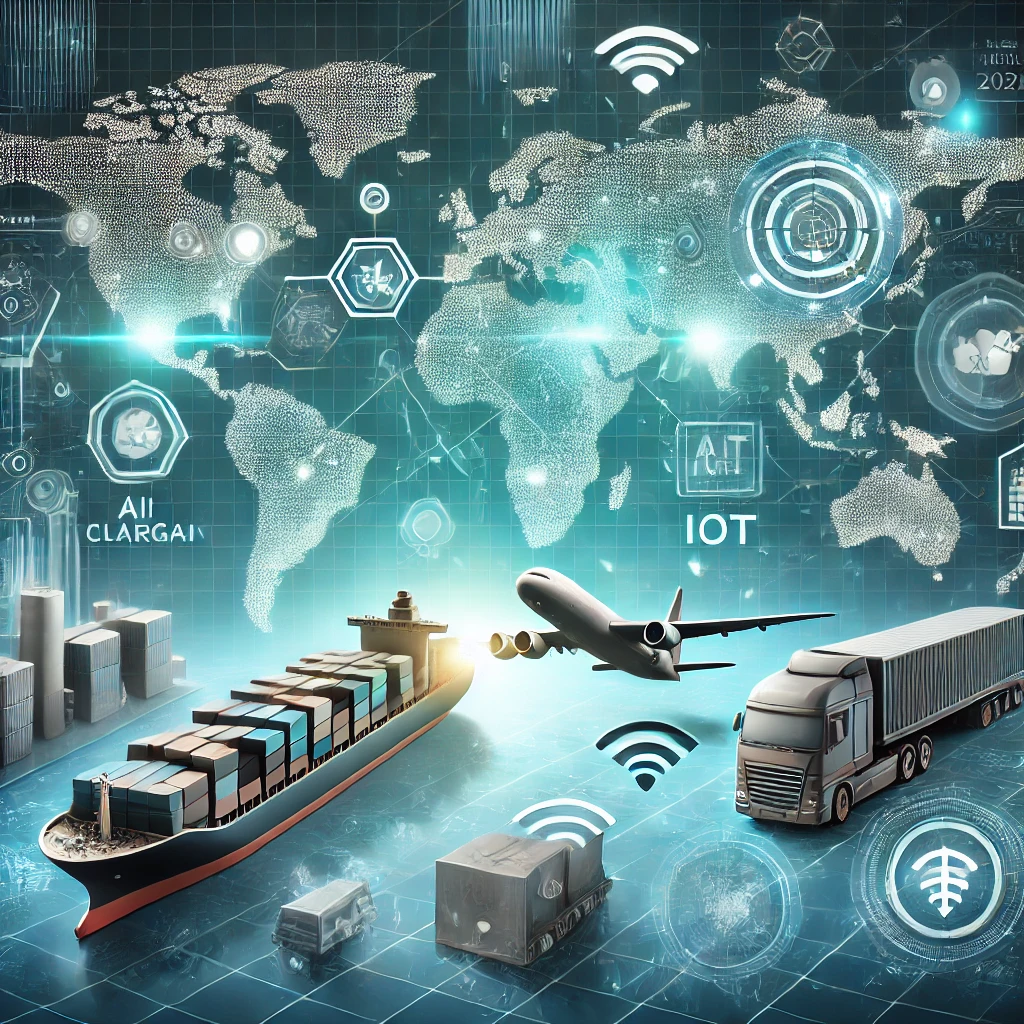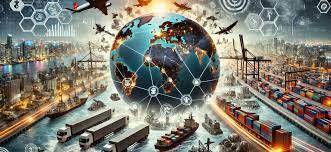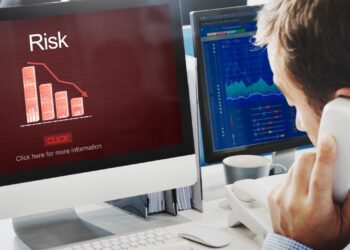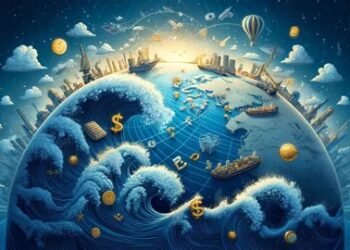The global supply chain, once an invisible network of interconnected logistics and production, has been thrust into the spotlight. A series of unprecedented global events—from pandemics and geopolitical conflicts to climate change and technological breakthroughs—has exposed its fragility and triggered a monumental redefinition. The old model, which prioritized efficiency and cost-cutting above all else, is giving way to a new paradigm built on resilience, visibility, and sustainability. This is more than a momentary correction; it is a fundamental shift that is reshaping how products are made, moved, and consumed worldwide. This article will delve into the core drivers of this redefinition, explore the technological innovations at its heart, and examine the new strategies that are building a more robust and ethical supply chain for the future.
For decades, the global supply chain was optimized for a single goal: lean manufacturing and just-in-time delivery. The idea was to minimize inventory and move goods as quickly as possible from point A to B, often across continents, to reduce costs. This strategy worked flawlessly in times of peace and stability. However, the last few years have demonstrated that this hyper-optimized system lacks the necessary shock absorbers to handle major disruptions. A single port closure, a factory shutdown, or a transportation bottleneck can now trigger a domino effect that cripples entire industries, leading to shortages, price hikes, and widespread economic turmoil. The new era is about accepting that efficiency alone is not enough; resilience must be a core component of the operational DNA.
The Drivers of a New Supply Chain Philosophy
The redefinition of global supply chains is not a theoretical exercise; it is a direct response to a series of undeniable global realities. These forces are compelling businesses to rethink their strategies from the ground up.
- A. The Pandemic’s Harsh Lesson: The COVID-19 pandemic served as a brutal stress test for the global supply chain. Factory closures, travel restrictions, and sudden shifts in consumer demand exposed the vulnerabilities of a system that was too reliant on single-source suppliers and lengthy international routes. Companies learned that a low-cost supplier on the other side of the world can be an operational liability when a crisis hits. This experience triggered a major push toward diversification and regionalization.
- B. Geopolitical Instability and Trade Tensions: Rising trade tariffs, sanctions, and geopolitical conflicts have made businesses reconsider their reliance on politically volatile regions. Companies are now actively “de-risking” their operations by diversifying their manufacturing bases to avoid being caught in the crossfire of international disputes. This is leading to a shift from “just-in-time” to “just-in-case” strategies, where companies hold more inventory and have alternative suppliers ready to go.
- C. The Urgency of Climate Change: The supply chain is a massive contributor to global carbon emissions, from the ships and planes that transport goods to the energy used in production. Consumers and regulators are demanding greater transparency and sustainability. This is driving a move toward more localized production, the use of green energy in manufacturing, and the adoption of electric vehicles for logistics. Businesses are realizing that a sustainable supply chain is not just an ethical choice but an economic necessity as carbon taxes and regulations become more widespread.
- D. The Rise of the Conscious Consumer: Modern consumers are no longer just asking about the price of a product; they are asking about its origin. They want to know that products are ethically sourced, that workers are treated fairly, and that the goods are produced in an environmentally friendly manner. This consumer demand for transparency is forcing companies to build supply chains that are not only efficient but also auditable and ethical.

Technology at the Forefront of the Revolution
The redefinition of the supply chain would not be possible without the advent of powerful new technologies. These innovations are providing the visibility and agility needed to build a more resilient system.
- A. Real-Time Visibility with IoT and AI: In the past, companies had a limited view of their supply chain. Today, the Internet of Things (IoT) provides real-time data from every stage of the process. Sensors on trucks and shipping containers can track a product’s location, temperature, and condition. This data, analyzed by artificial intelligence, can predict potential delays, optimize routes, and even automatically reorder products when inventory is low. This level of granular visibility turns the supply chain from a black box into a transparent, data-driven network.
- B. The Blockchain Revolution: Blockchain’s distributed, immutable ledger is an ideal tool for building trust and transparency in the supply chain. Each step of a product’s journey, from raw material to a store shelf, can be recorded on a blockchain. This creates a tamper-proof record that can be accessed by everyone in the network, from the consumer to the regulator. It’s being used to verify the authenticity of luxury goods, trace the origin of food products, and ensure that a company’s ethical claims are legitimate.
- C. The Rise of Robotics and Automation: Automation is moving beyond the warehouse floor. Drones are being used for inventory management, and autonomous vehicles are being developed for long-haul logistics. This technology is not just about replacing human labor; it’s about creating a more efficient and reliable supply chain that can operate 24/7 without the risk of human error or a labor shortage. The combination of robotics and AI is enabling a new level of precision in logistics that was once unimaginable.
- D. Digital Twins: A “digital twin” is a virtual model of a physical system. Companies are now creating digital twins of their entire supply chains. This allows them to run simulations to test different scenarios—such as a port closure or a new tariff—without risking a real-world disruption. By analyzing the data from these simulations, they can identify weak points and build more resilient and efficient systems. It’s a proactive approach to risk management that is a cornerstone of the new supply chain philosophy.
New Strategies for a Resilient Future
The drivers and technologies of this redefinition are leading to a new set of strategic imperatives for businesses. The focus is no longer just on cutting costs but on building a system that can withstand the inevitable shocks of the 21st century.
- A. Nearshoring and Friend-shoring: Instead of relying on a single, distant manufacturing hub, companies are bringing production closer to home (nearshoring) or relocating it to countries with stable political relationships (friend-shoring). This strategy reduces transportation costs, shortens lead times, and mitigates geopolitical risk. While it may increase labor costs, companies are weighing this against the risk of a supply chain disruption.
- B. The Diversification Imperative: The mantra of “don’t put all your eggs in one basket” has never been more relevant. Companies are now actively diversifying their supplier base, working with multiple vendors in different regions to ensure that if one link in the chain breaks, there is a backup. This redundancy is a non-negotiable component of a resilient supply chain.
- C. Embracing Circularity and the Reverse Supply Chain: The traditional supply chain was a linear model, from raw material to a final product that was eventually discarded. The new model is embracing circularity, where products are designed for reuse, repair, and recycling. The reverse supply chain, which handles product returns and end-of-life goods, is becoming a strategic priority, as companies realize the economic and environmental benefits of recovering valuable materials and reducing waste.
- D. Building a Digital and Collaborative Ecosystem: The new supply chain is no longer a collection of isolated silos. It’s a collaborative ecosystem where all partners—from suppliers and manufacturers to logistics companies and retailers—are connected on a single digital platform. This shared visibility and collaboration allow for quicker decision-making and a more coordinated response to disruptions.
The Road Ahead: A Supply Chain Reborn
The redefinition of the global supply chain is a complex and ongoing process. It requires massive investment in new technology, a willingness to change long-held operational strategies, and a cultural shift toward prioritizing resilience and sustainability. The journey is far from over, but the direction is clear. The era of the hyper-efficient, fragile supply chain is over. It is being replaced by a system that is more intelligent, more transparent, and more robust. The companies that embrace this change will not only survive but thrive in an increasingly volatile world, building a supply chain that is a source of competitive advantage and a force for good.













